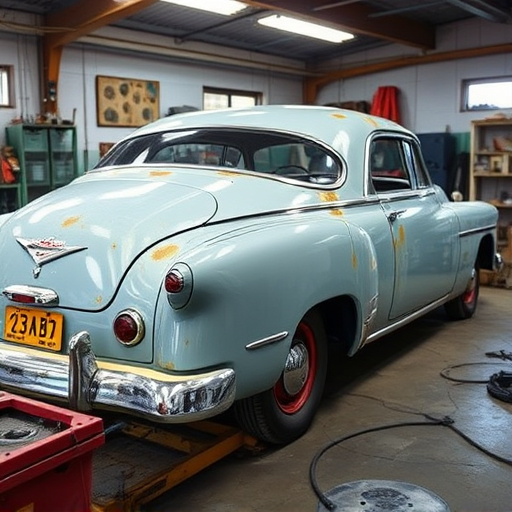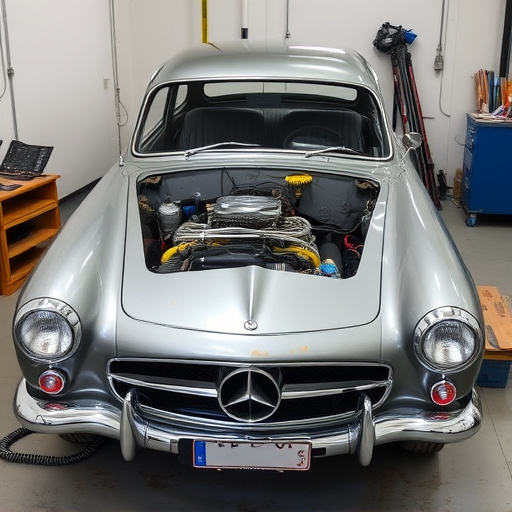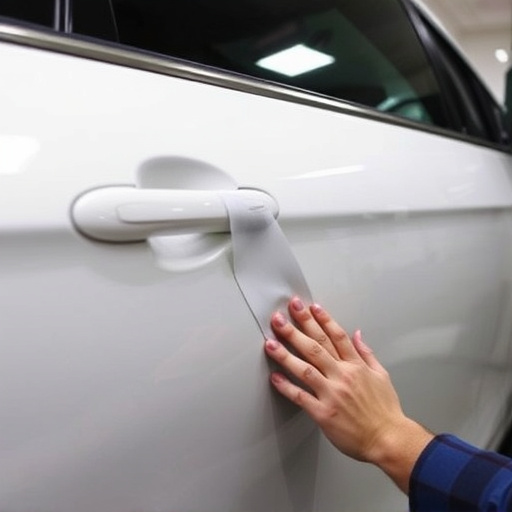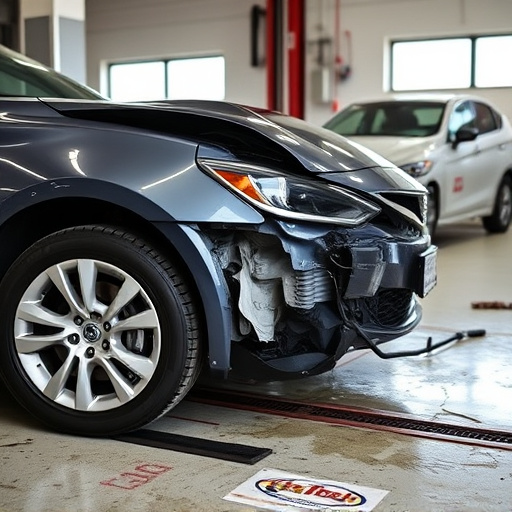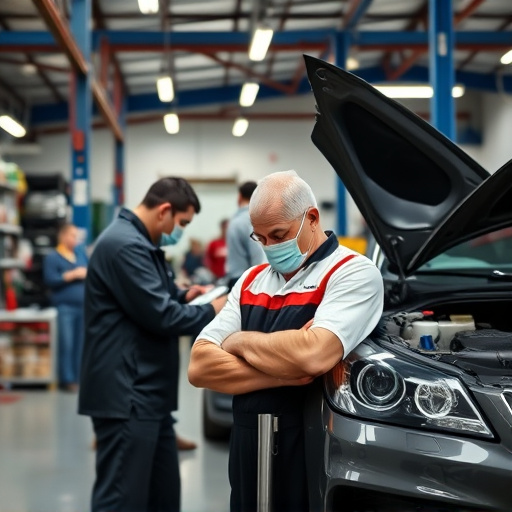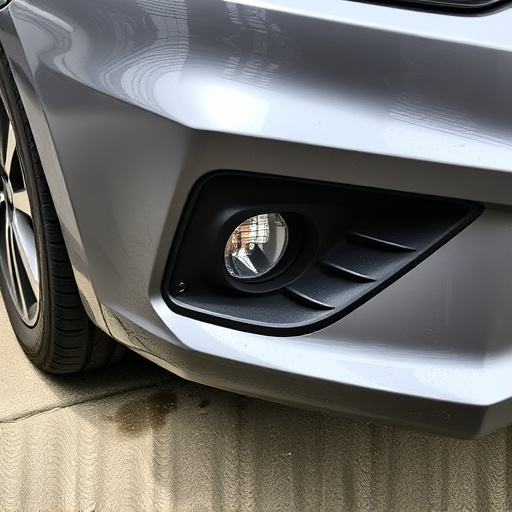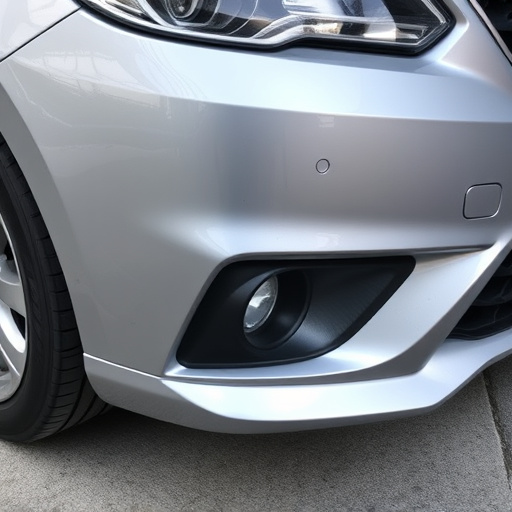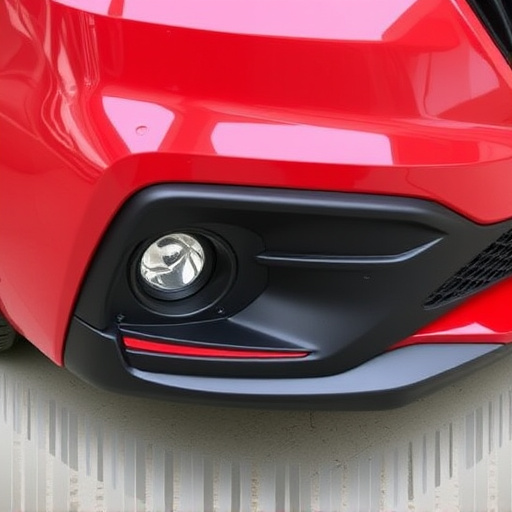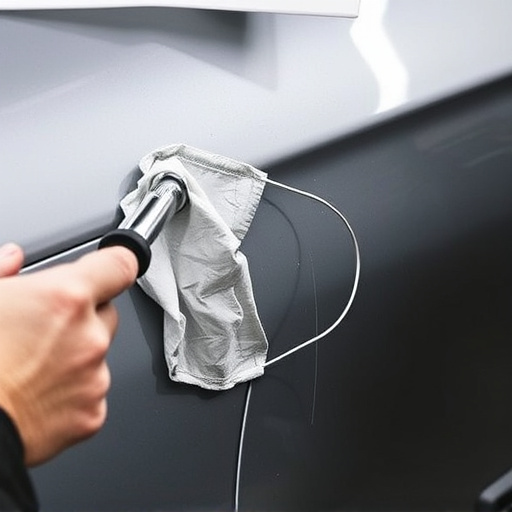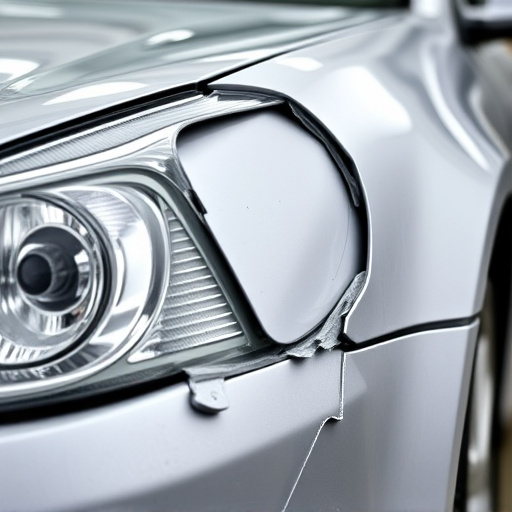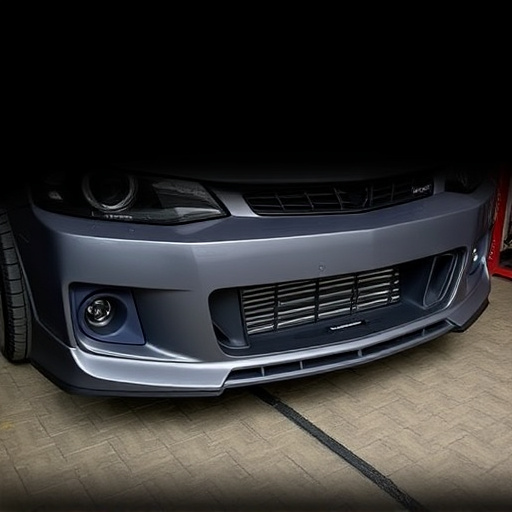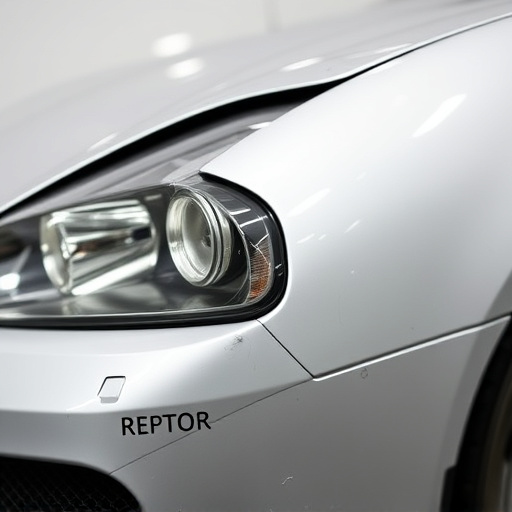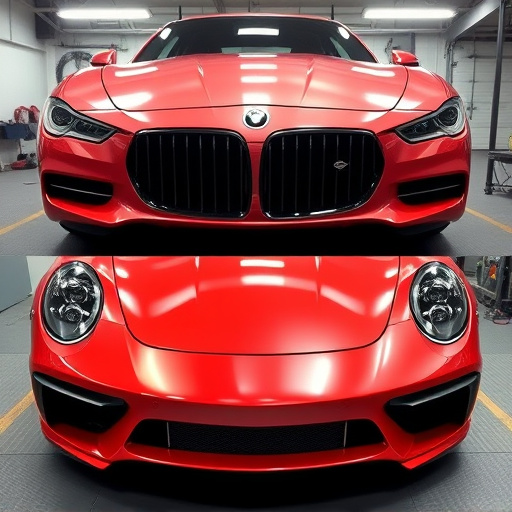Insurance companies favor manufacturer-approved repairs due to safety and quality standards set by vehicle manufacturers. These guidelines ensure optimal performance and structural integrity using original parts and methods. Such repairs preserve warranties, maintain vehicle reliability, and safeguard resale value. Insurers benefit from enhanced efficiency, cost savings through specialized techniques like paintless dent repair, and guaranteed high-quality repairs tailored to specific vehicle makes and models.
Insurance companies often prefer manufacturer-approved repairs due to safety and quality standards. This preference is driven by the need to maintain vehicle integrity and ensure consumer protection. When an accident occurs, using genuine parts recommended by the manufacturer guarantees compliance with specific design and material requirements. Such choices not only preserve warranty coverage but also streamline repairs, potentially reducing costs and enhancing efficiency for both insurers and policyholders.
- Understanding Manufacturer Guidelines for Safety and Quality
- The Role of Manufacturer-Approved Parts in Warranty Coverage
- How These Choices Impact Repair Cost and Efficiency
Understanding Manufacturer Guidelines for Safety and Quality
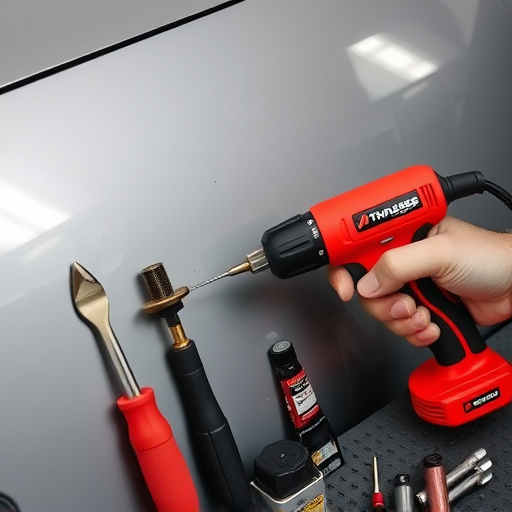
Insurance companies often prioritize manufacturer-approved repairs for several valid reasons, especially when it comes to safety and quality standards in automotive collision repair. Each vehicle manufacturer meticulously designs their cars with specific materials, technologies, and engineering principles, ensuring optimal performance and passenger safety. Deviation from these guidelines during the repair process could compromise structural integrity and potentially put drivers at risk.
Manufacturer-approved repair services, including specialized fleet repair solutions, adhere to these specifications, guaranteeing that repairs are carried out using original equipment parts and methods recommended by the automaker. This ensures that the vehicle’s performance, safety features, and overall reliability remain intact, even after an accident or damage. By mandating such practices, insurance providers not only uphold their commitment to quality but also contribute to the longevity of vehicles on the road, benefiting both policyholders and the broader automotive industry.
The Role of Manufacturer-Approved Parts in Warranty Coverage
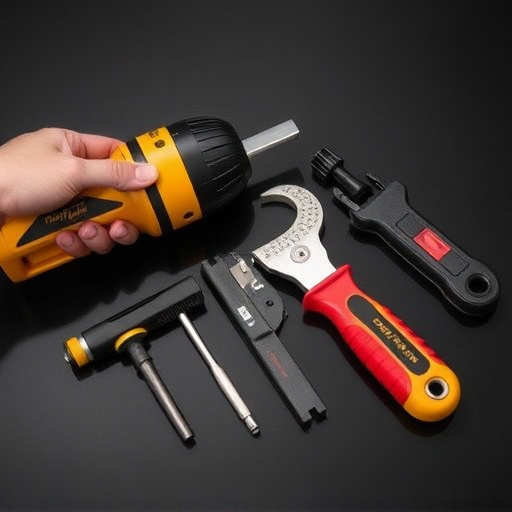
Manufacturer-approved parts play a pivotal role in ensuring comprehensive warranty coverage for vehicles. When an insurance company mandates these specific parts for repairs, it’s not merely about adhering to regulations; it’s a strategic move to safeguard the vehicle’s performance and maintain its original manufacturer guarantees. Using genuine or certified replacement parts aligned with the car’s design specifications is crucial, especially after a collision. This ensures that the auto repair shop can accurately replicate the original manufacturing standards, ensuring a seamless integration of repaired components with the rest of the vehicle.
For instance, in the event of a bumper repair, the use of manufacturer-approved parts becomes even more critical. These parts are designed to meet the exacting standards set by the car’s maker, guaranteeing both aesthetic and structural integrity. Such precision is vital not just for the safety of the vehicle but also to preserve its resale value, as using subpar or non-approved parts could compromise the overall quality and reliability of the car collision repair.
How These Choices Impact Repair Cost and Efficiency
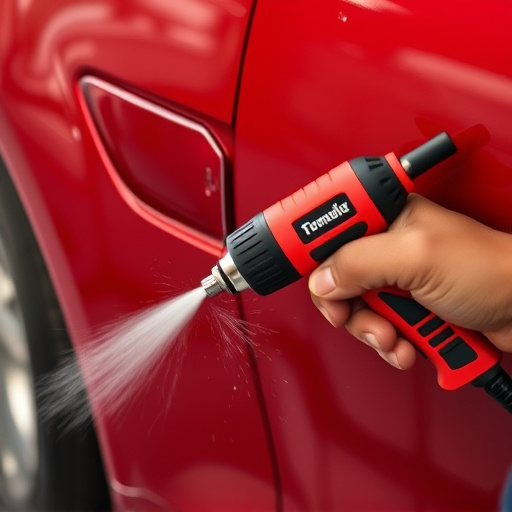
When insurance companies opt for manufacturer-approved repairs, it often leads to more efficient and cost-effective outcomes. These choices are guided by the deep knowledge and expertise that automakers possess regarding their vehicles’ intricate systems. By adhering to manufacturer guidelines, insurance providers ensure that repairs align perfectly with the car’s original design and performance standards. This precision is particularly crucial in complex car body repair scenarios, where even a minor deviation could impact overall vehicle safety and handling.
Moreover, manufacturer-approved repair processes frequently incorporate cutting-edge technologies and techniques, such as paintless dent repair, which can significantly reduce labor costs and the time required to restore a vehicle to its pre-accident condition. This not only benefits insurance companies by lowering claims expenses but also guarantees customers receive high-quality, reliable automotive repair services tailored specifically for their make and model.
Insurance companies often prefer manufacturer-approved repairs for their role in ensuring safety standards and maintaining vehicle quality. By adhering to these guidelines, insurers can offer more comprehensive warranty coverage while promoting cost-efficient and reliable repairs. When considering a claim, choosing certified parts and authorized shops facilitates smoother processes, faster turnarounds, and peace of mind for policyholders.
